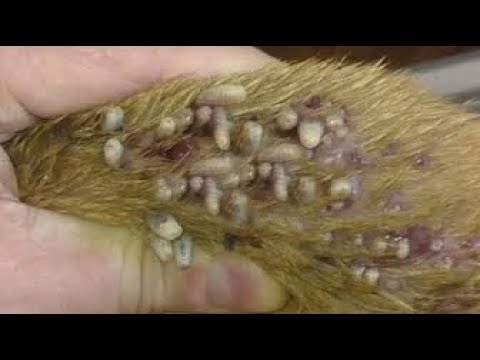
1. “Understanding Mangoworms in Dogs: A Hidden Threat in Tropical Climates”
This article explores how dogs become infected with mangoworms, the life cycle of the parasite, and why it’s especially common in regions like sub-Saharan Africa. It also highlights the importance of early detection and regular parasite control for pet owners in endemic areas.
2. “Treating Mangoworm Infestations in Dogs: Prevention, Care, and Recovery”
Focused on treatment, this piece discusses how to safely remove mangoworm larvae, aftercare for the wounds, signs of infection, and best practices for preventing reinfestation. It also includes advice on when to seek veterinary help and how to protect dogs when traveling.
Mangoworms, also known as Cordylobia anthropophaga, are parasitic larvae that infest the skin of dogs, especially in tropical regions of Africa. These worms come from flies that lay eggs on the dog’s skin or in soil. When the eggs hatch, the larvae burrow into the dog’s skin, causing painful, boil-like swellings. Symptoms include itching, swelling, visible holes in the skin, and pus discharge.
Treatment involves carefully removing the larvae and cleaning the wound to prevent infection. Prevention includes good hygiene, regular inspections, and using repellents in high-risk areas. Veterinary attention is essential for safe and complete removal.